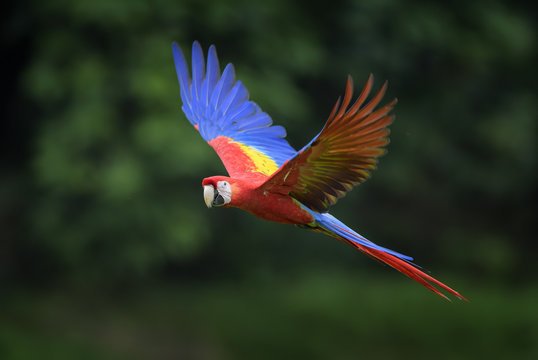







Balboa Park is San Diego’s greatest cultural and natural treasure—a place of history, art, and community. Yet today, much of the park is dominated by car traffic and parking lots, disrupting the pedestrian experience and diminishing the park’s potential as a world-class public space. Grand Balboa Park envisions a future where the park is no longer defined by cars but by people, movement, and connection.

At the heart of this proposal is a light rail system that strengthens the park’s original Beaux-Arts design principles. Designed for procession, grandeur, and symmetry, Balboa Park was originally conceived with a strong East-West axis as its central organizing feature. Over time, the introduction of roads and parking lots weakened this intent, cutting across the park’s formal geometry and reducing its clarity. The Grand Balboa Park proposal restores this vision by introducing a light rail line that runs along the main axis, reinforcing the park’s historic layout while improving access.
This rail line would bring visitors directly into the heart of Balboa Park, running eastward along the historic promenade with a key stop in front of the San Diego Museum of Art, allowing easy access to the park’s cultural core. The line would then continue to the Bea Evenson Fountain, where a gondola transfer station would seamlessly extend access beyond the park. This station, located at the symbolic and geographic center of Balboa Park, would allow visitors to transfer to a gondola line that soars over Florida Canyon, offering a breathtaking journey to a new Community Center and Sculpture Park.

At the heart of this new eastern expansion, a gondola transfer station would provide further connections to North Park, South Park, and Golden Hill—three vibrant neighborhoods historically separated from Balboa Park by steep topography and infrastructure barriers. This transit network reimagines how people experience and navigate the park, transforming it into a true urban hub of culture, mobility, and community.
Beyond Balboa Park, the trolley line would extend west down Laurel Street to the airport and onward to Point Loma, creating a seamless transit connection between one of San Diego’s most visited cultural destinations and key regional hubs. This expansion would not only enhance mobility within the city but also reduce reliance on cars, helping San Diego meet its climate action goals by promoting clean, efficient, and low-carbon transportation options.

A major enhancement to the park’s accessibility would be a new pedestrian bridge providing direct access to the San Diego Zoo from Balboa Park’s core. Currently, reaching the zoo from the main cultural district requires a 15-minute walk through an uninspired and disconnected route, an afterthought in the park’s layout. Grand Balboa Park envisions a striking pedestrian bridge, inspired by the graceful, soaring form of a macaw in flight, that begins at an existing open space between the Botanical Building and the San Diego Museum of Art and carries visitors directly into the zoo’s Reptile Mesa area.

This bridge would do more than provide a shortcut—it would be an experience in itself, echoing the wingspan of a macaw as it lifts visitors above the park, symbolizing freedom, movement, and the connection between nature and the built environment. The Macaw Bridge would transform how visitors enter the zoo, offering breathtaking views of the park while integrating seamlessly into the landscape. Like the bird that inspired it, the bridge would be light, elegant, and dynamic, a bold architectural gesture that respects both Balboa Park’s classical heritage and its future as a place of innovation.

By providing a beautiful, scenic, and stress-free alternative to driving, Grand Balboa Park would also become a signature experience for visitors—allowing tourists to arrive at the park in a way that highlights its grandeur and beauty. Instead of navigating congested roads or searching for parking, they could glide effortlessly into the heart of the park by rail, then continue their journey above the tree canopy on a gondola. This experience would cement Balboa Park as a must-see urban destination, not just for its museums and gardens, but for the journey itself.
For San Diego residents, this proposal would also integrate Balboa Park into everyday life in a way that has never been possible. By connecting the park to key neighborhoods and job centers, the light rail and gondola system would allow thousands of people to incorporate this historic and beautiful space into their daily commute. Imagine starting or ending the workday with a peaceful ride through the park, turning a routine commute into a moment of beauty and inspiration.
To accommodate necessary vehicular access while preserving the park’s pedestrian-first experience, the plan also proposes a direct freeway exit from I-5 to Park Boulevard. This would streamline car access to parking areas on the park’s periphery, eliminating the need for vehicles to circulate through the park’s interior. By relocating parking access to the park’s edges, the proposal frees the core of Balboa Park from intrusive automobile traffic, allowing the public realm to fully serve pedestrians, cyclists, and transit users.
By removing car traffic, strengthening the park’s original axial relationships, and integrating a light rail and gondola network, Grand Balboa Park reclaims the integrity of its original Beaux-Arts composition while embracing a bold new vision for the future. This proposal envisions a fully connected, pedestrian-first, and transit-rich Balboa Park—one that honors its past while setting the stage for its next century.